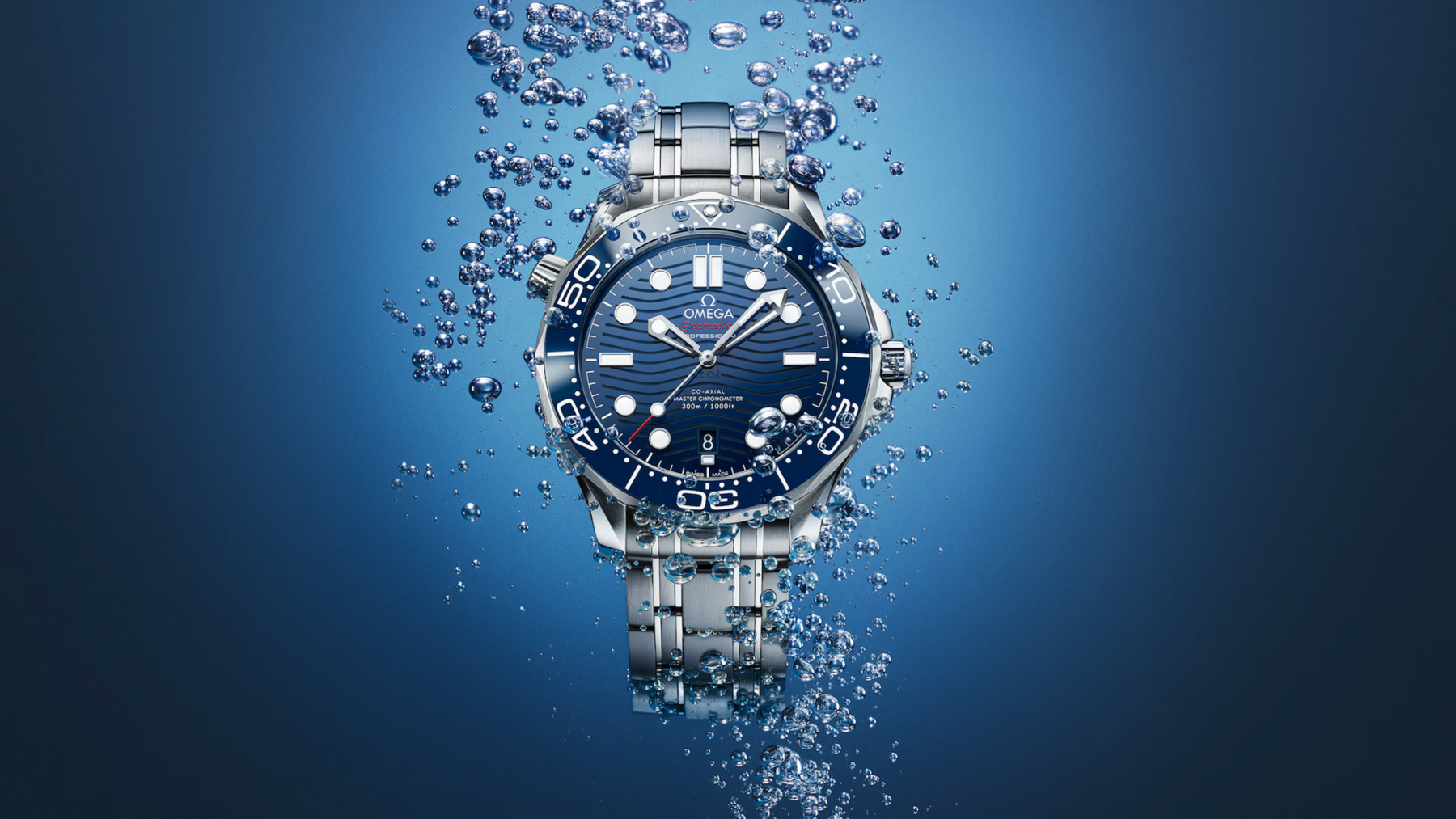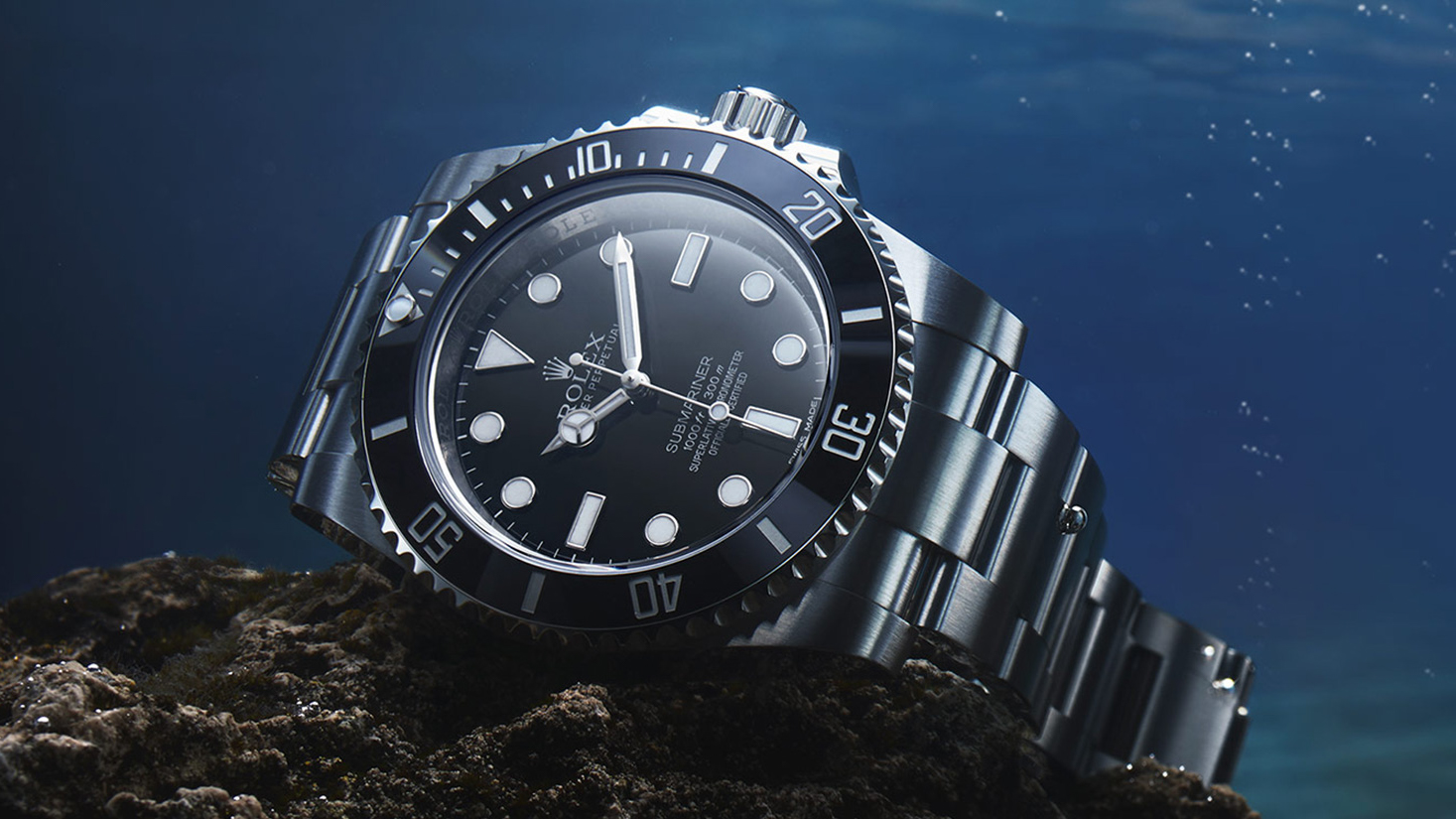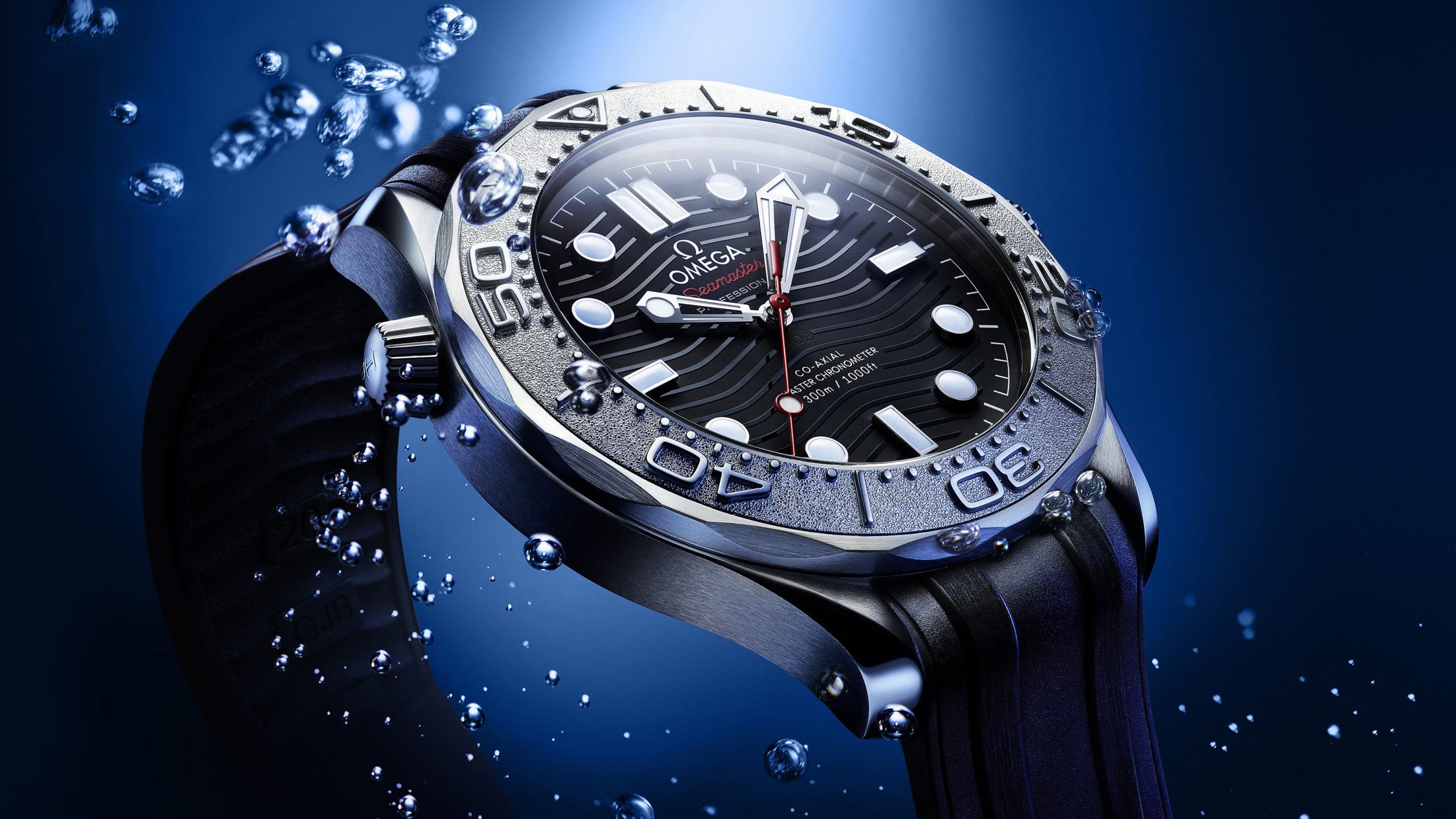
The best dive watches transcend fashion. Originally created for a very specific purpose, they’re now seen on the wrists of just about everyone, and suit just about every style. Whether you’re wearing a t-shirt, a suit – or wetsuit – a dive watch always looks the part.
You’re probably already thinking about a Rolex Submariner or an Omega Seamaster. These are arguably the most popular of all dive watches, with their nautical colour ways, steel bracelets and rotating bezels painted clearly in your mind’s eye.
But there’s more to a dive watch than a blue dual and a bezel that turns with a satisfying click. A timepiece can only be considered a true dive watch if it meets a very specific set of requirements, as defined by ISO standard 6425. This comes from the International Organisation for Standardisation, which is conveniently based at the heart of mechanical watchmaking, in Geneva, Switzerland.
To truly understand what a dive watch is, we need to consult IOS 6425. Updated most recently in October 2018 (and with the full name of ISO 6425:2018), the standard specifically defines the requirements for both dive watches and saturation dive watches, with the latter used for deep-sea diving. The standard refers to both how a dive watch looks (with regard to its use of illumination, for example) and how it performs (with regard to waterproofing, toughness and accuracy).
Before we, erm, dive any deeper, here’s a quick checklist of what a watch must be to be classed as a true diver:
- Water-resistant to at least 100 metres
- Feature a secured measuring system to indicate dive time
- The time, bezel and seconds hands must all be legible from 25 cm in darkness
- Must be antimagnetic, reliable underwater and resistant to shock and saltwater

Water resistance
This is the easy one. A watch that is water resistant to 100 metres can be used for swimming, snorkelling and watersports – and remember, the rating doesn’t simply refer to outright depth, but to water pressure, from depth, impact or when subjected to fast-moving jets of water.
Watches with 200 metres of water resistance can be used for scuba diving to that depth, while a rating of 300 metres or more indicates professional-levels of waterproofing. Such watches can be used for deep-sea diving.
Water resistance is sometimes expressed in bars of pressure, where one bar is equal to 10 metres (or about 30 feet) of depth. Generally speaking, watches with less than 100 metres of water resistance should not be used for swimming. Anything less is only truly safe when subjected to rain or splashes of water, rather than proper submergence.
It's also worth remembering that the depth written on your dive watch is somewhat conservative, as dive watches are tested in still water at 125% of their quoted depth rating. Therefore, a watch labelled as being water-resistant to 200 metres will have been tested at 250 metres.
Lastly, a quick note on water resistance and age. With a new watch, you’ll have nothing to worry about, but if you intend to go diving with an older timepiece we recommend you get it pressure tested beforehand, as the seals might not be as tight as they once were.
Resistance to condensation
A dive watch must shrug off condensation. This is tested by sitting the watch on a plate heated to between 40 and 45 degrees Celsius until the watch itself has reached that temperature. Water is then placed on the glass (or sapphire crystal) of the watch and wiped off after one minute. If no condensation forms under the glass, then the watch passes the test.
Further tests see the crown and any exterior buttons subjected to five newtons of force perpendicular to their position on the case. Water tightness is tested by firing water under pressure at the watch for two hours, then reduced to a lower pressure and maintained for another hour.
Next up, the watch is subjected to water at 40 degrees Celsius, then five degrees, then 40 degrees again at one-minute intervals.

Legibility
Dive watches need to clearly show the time, in darkness and from a distance of at least 25 cm. This means luminous hands and markers are vital, and most dive watches use a glow-in-the-dark material called Super-LumiNova on their hands, as well as the minute and hour markers, plus markings on the rotating bezel too.
This helps dive watches pass a second legibility element of the ISO 6425 standard, which is that the watch needs to always show it is operating. A glowing second hand constantly sweeping around the dial achieves this and demonstrates the watch hasn’t stopped.
A time-preselection device
Dive watches must feature a time-preselection device, which can be used to time a dive and calculate how much air is left in your scuba tank. This can be in the form of the bezel mentioned earlier, or as a digital display.
If the dive watch has a bezel, it must have a scale showing 60 minutes with markings every five minutes. The bezel must also be easy to grip and rotate, but tight enough not to be moved by mistake. A luminous marker at the zero potion helps make the bezel easier to set and read.

Toughness and resistance to magnetism
Magnetism can affect the accuracy of a mechanical watch movement. For a watch to be classified as a true diver, it must keep time to an accuracy of plus or minus 30 seconds per day while exposed to a direct current magnetic field of 4,800 amperes per metre.
Next up is toughness. For this test the watch is subjected to two shocks, delivered with a hard plastic hammer weighing 3kg to the nine o’clock side of the case and to the crystal perpendicular to the face. Watches pass this test as long as they don’t lose or gain more than 60 seconds per day after the two hammer strikes.
To ensure the watch’s strap or bracelet stays attached under load, a force of 200 newtons (about 20 kg) is applied to each spring bar holding the case to the strap. Pass all that, and the watch can be called a true diver. And while few consumers seek out a watch specifically for its ability to comply with the ISO 6425 standard, it’s reassuring to know proper dive watches are built robustly. Even if their biggest threat amounts to little more than a holiday swim.







